This case study is from Niagara Partner, Conti, based on input from Division Manager, Mitch Reed. Meet Conti and others from our community at Controls-Con in Detroit, April 26-28.

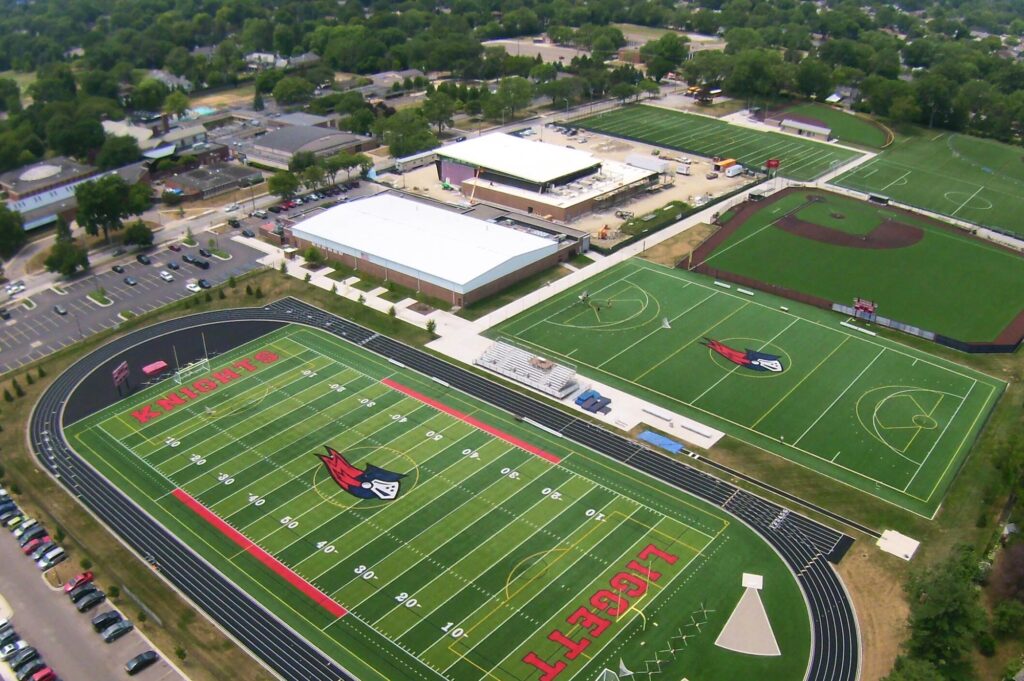
Since 1878, University Liggett School (ULS) has been abiding by its founding mission “to help young people more completely realize that which is within them and in doing so make positive contributions to society.” This includes teaching students about global sustainability goals. As Michigan’s oldest, co-educational, pre-kindergarten through 12th-grade independent day school, ULS recognizes that its facilities need to demonstrate exemplary stewardship of the environment and of its funding. It is making strides toward both of these objectives with help from Niagara Partner, Conti.
A member company of Equans, Conti offers facility management and energy performance contract solutions tailored to the needs of institutions like ULS. Conti recently upgraded the school to a modern Niagara Framework®.-based building management system. Now from a unified central console, the ULS Maintenance team can take a whole-campus approach to comfort-control, scheduling equipment operating hours, setting up alarm notifications, and doing data trending and analysis. With this upgrade to Niagara 4, Conti has provided a powerful, non-proprietary, and cost-effective foundation to ULS for not only the current challenges presented, but for potential future equipment upgrades and expansion.
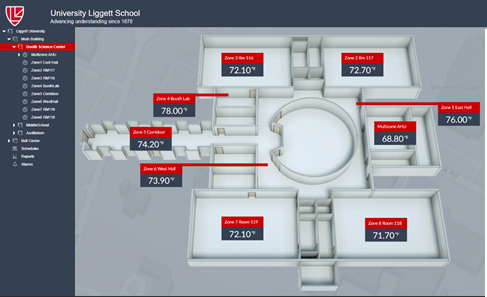
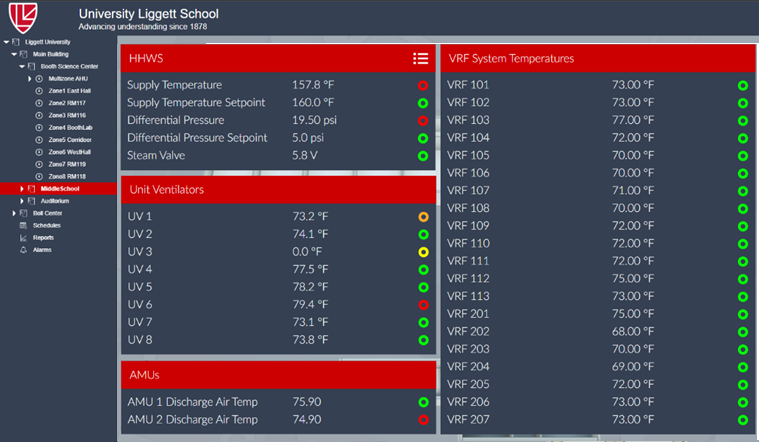
THE CHALLENGE
The University Liggett School project included multiple buildings across its campus in Grosse Pointe Woods, Michigan, spanning over +60,000 square feet of climate-controlled space. Zones within the campus were served by a diverse mix of digitally-controlled pieces of equipment, each with its own operating system and user interface. These control systems ranged in age from brand new to legacy controls dating back 30 years. They communicated in different non-interoperable formats and via different communications channels, which inhibited the sharing of data. The scope of the BMS upgrade project included not only systems integration and data normalization to enable better orchestration of heating, ventilation and other building services, but also the school asked Conti to consider local energy saving initiatives in the controls design. This meant programming in the ability to coordinate with the local utility to reduce energy consumption when called upon, as well as to meet certain energy reporting guidelines.
THE SOLUTION
The foundational step of the Conti solution was to decommission the existing multiple front-end systems and to centralize University Liggett School’s equipment data into a single, easily accessible Niagara data base with a unified user interface. This UI provides a single-pane-of-glass (SPoG) from which campus facilities personnel can view operational data for major building services across campus. This has improved operational efficiency by providing easier visibility into analytical data for important building equipment, including the reporting of equipment alarms in a timely manner.
Once this central console for all the core building management activities was in place, Conti was able to deploy advanced energy saving tactics like Optimized Start-Stop. Also known as a soft warm-up and soft shut-down, this involves maintaining comfort conditions inside an occupied space, while programmatically delaying the start-up of heating/cooling equipment as long as possible and initiating shut-down as early as possible. Effectively deploying this tactic requires a feedback loop including analysis of area temperature changes and adjustment of the optimization parameters based on the actual temperature change rates after an optimized start or stop. The Niagara kitControl module enabled all this.
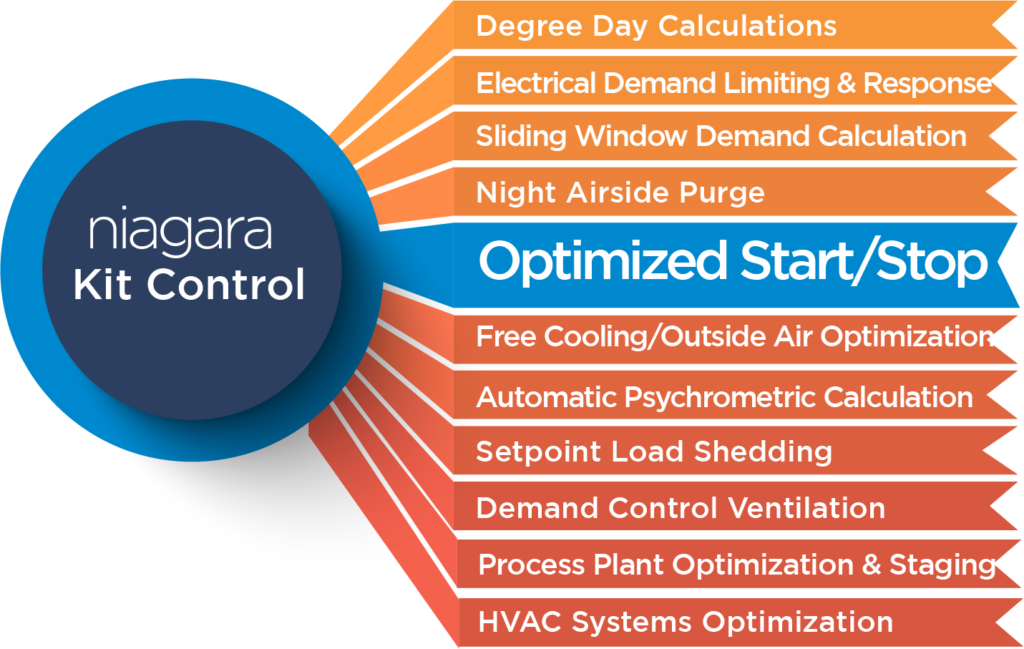
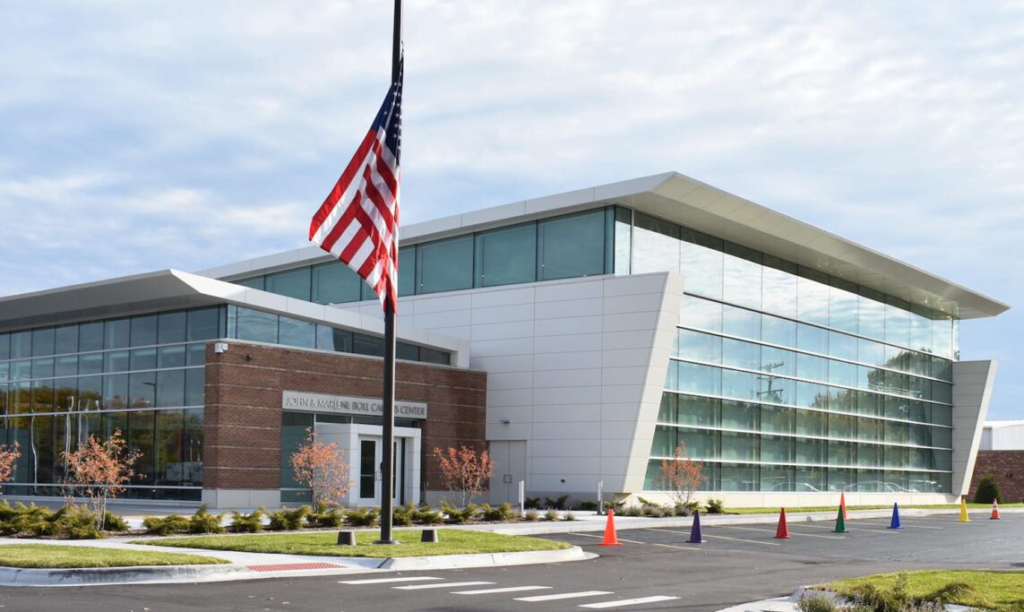
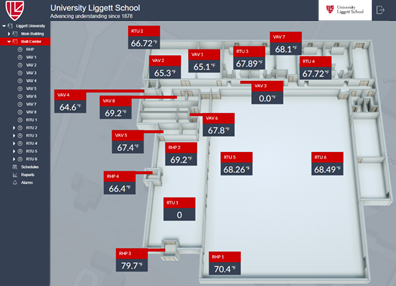
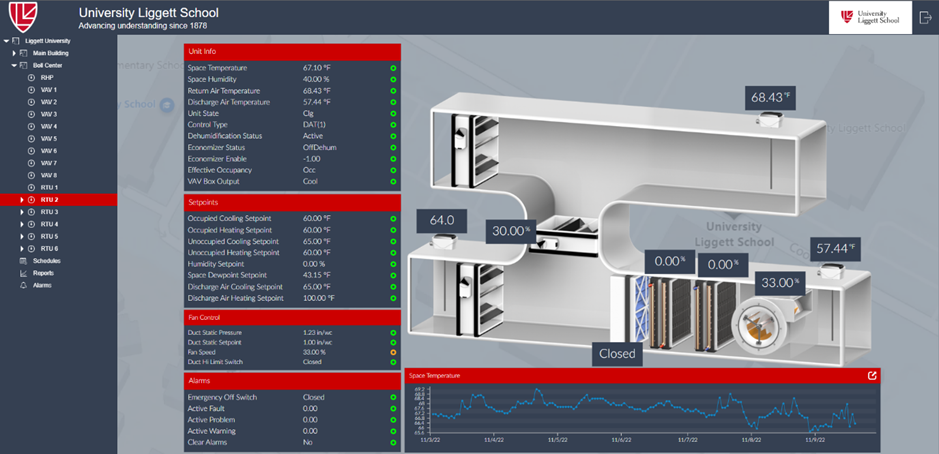
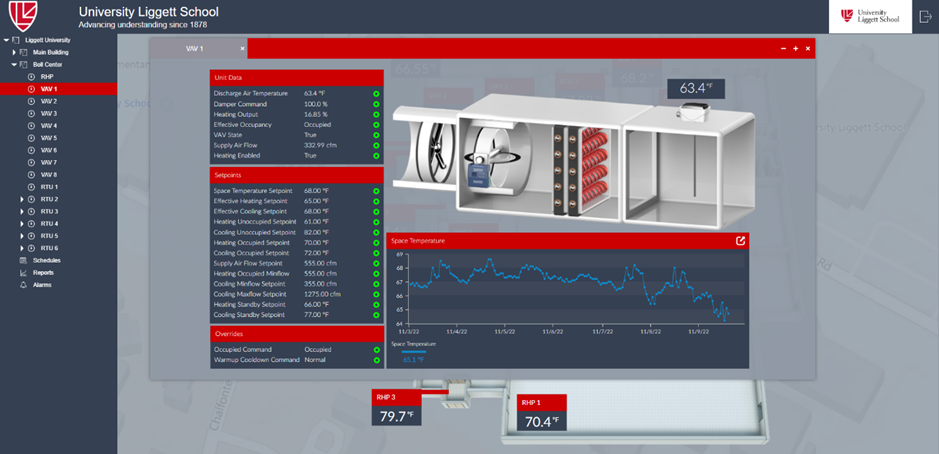
THE RESULTS
Conti provided a cohesive, intelligent, and intuitive system to University Liggett School. As a result, the operational efficiency of the facilities planning and maintenance group has improved. To cite one example, the facilities group had lost access to a controls package dedicated to one important piece of legacy equipment. Due to the versatility of Niagara 4, Conti was able to integrate that subsystem into the upgraded BMS such that the ULS staff can once again control and display equipment data not viewed in years.
Another example concerns roof-top units serving the brand-new Boll Campus Center building. These had once been controlled manually from their local User Interfaces (UIs). Now they are under full remote control, and they can be scheduled to automatically power down when nobody is occupying the space.
Moreover, the integration of all the disparate control systems into a single platform hosted locally on campus has given the school a BMS platform for growth. Quick and easy-to-interpret alarms are now notifying the facilities staff of potential equipment failures, so they can act before comfort is impacted. And, software analytics modules are capturing and displaying performance trends, giving the school a deeper look into space comfort and unit operation.
By implementing the proposed energy saving programs, Conti has created a more energy efficient system and secured thousands of dollars in rebates for the school. Conti is proud of all these results which have been made possible by Tridium’s Niagara Framework software.
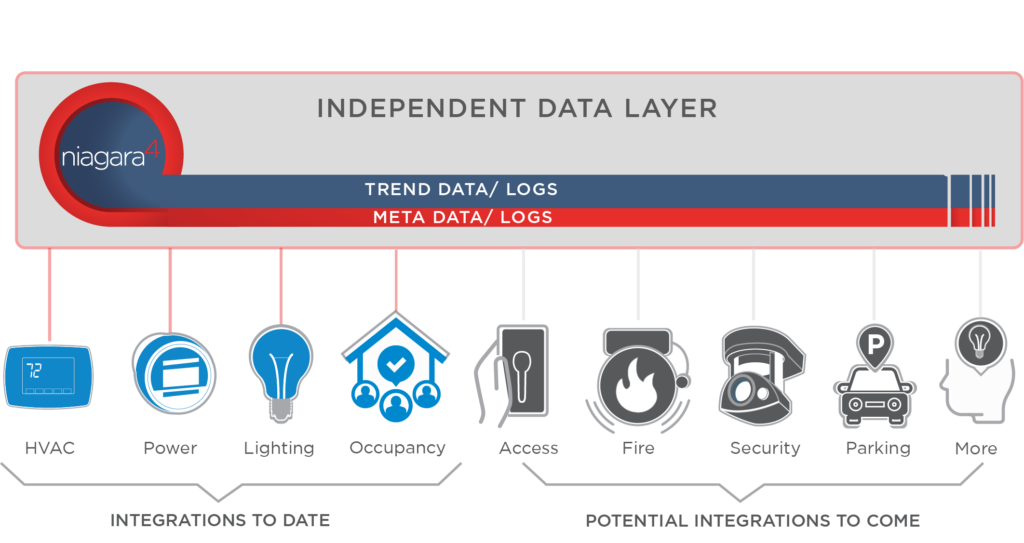
ABOUT CONTI CORP
Conti is a nationally respected multi-trade contractor with an impressive history of quality and service. Since 1969, Conti has led the industry in the development of design and construction solutions that address job requirements while surpassing performance expectations. Today, Conti performs the complete lifecycle of construction services from design/build to field installation, training and maintenance for an array of services. To learn more, visit: www.conticorporation.com.
ABOUT TRIDIUM
For over 20 years, Tridium has led the world in building application frameworks — advancing truly open environments that harness the power of the Internet of Things. Our products allow diverse monitoring, control and automation systems to communicate and collaborate in buildings, data centers, manufacturing systems, smart cities and more. We create smarter, safer and more efficient enterprises and communities — bringing intelligence and connectivity to the network edge and back. Additional information about Tridium is available at www.tridium.com



